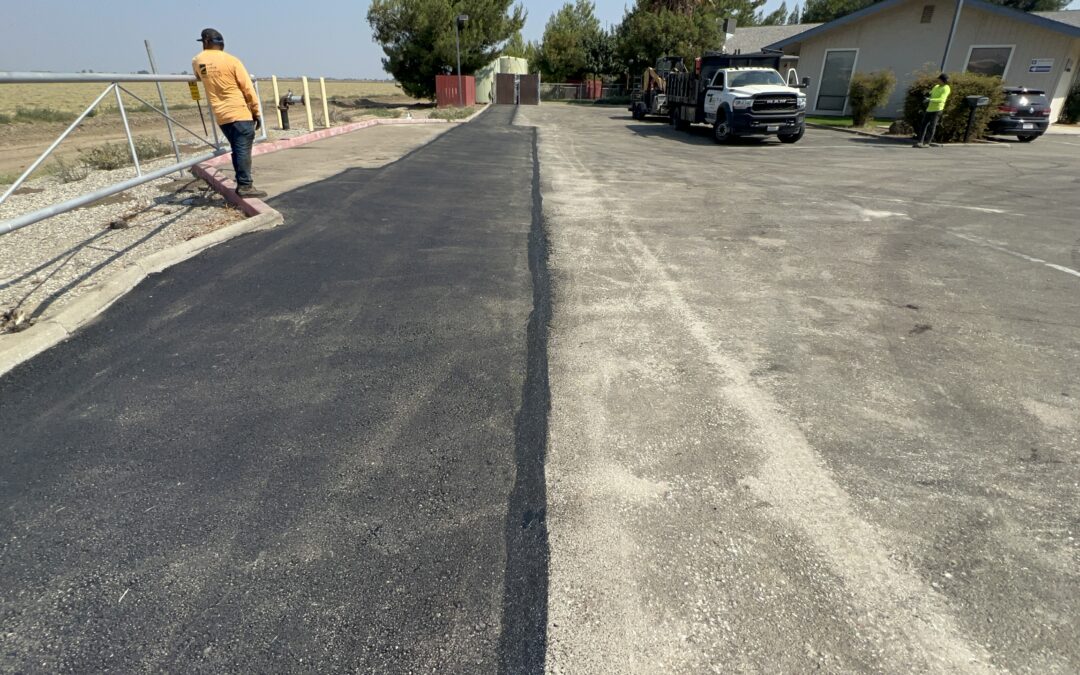Sacramento, California, with its vibrant neighborhoods and bustling streets, relies heavily on well-maintained pavements to support its infrastructure. However, over time, these pavements can suffer from wear and tear due to traffic, weather conditions, and natural aging. Properly repairing and maintaining pavements is essential to ensuring the safety and aesthetics of Sacramento’s roads, driveways, and walkways. In this comprehensive guide, we’ll explore how to effectively repair pavements in Sacramento, addressing the specific challenges faced by the region.
Understanding Sacramento’s Pavement Challenges
Before diving into the repair process, it’s crucial to understand the unique challenges faced by pavements in Sacramento:
- Weather Conditions: Sacramento experiences hot, dry summers and mild, wet winters. These temperature fluctuations can cause pavement materials to expand and contract, leading to cracks and other forms of distress.
- Soil Conditions: The region’s soil can vary, impacting the stability and longevity of pavement structures. Areas with expansive clay soils are particularly prone to shifting and settling.
- Traffic Volume: High traffic areas, especially in downtown Sacramento, are subjected to heavy loads and frequent use, accelerating pavement deterioration.
Assessing the Damage
The first step in repairing pavements is to assess the extent and type of damage. Common issues include:
- Cracks: Small cracks can develop into larger problems if not addressed promptly. They allow water to penetrate the pavement, leading to further deterioration.
- Potholes: These occur when the pavement material breaks down and leaves a hole in the surface. Potholes are not only unsightly but can also cause vehicle damage and pose safety hazards.
- Surface Wear: Over time, the pavement surface can become worn and rough, reducing its functionality and appearance.
Conduct a thorough inspection of the pavement to identify all areas that require attention. Note the size, location, and severity of each issue.
Cleaning the Surface
Proper cleaning is essential before making any repairs. Remove debris, dirt, and vegetation from the damaged areas. For cracks and potholes, use a wire brush or compressed air to clear out loose material. For larger areas of surface wear, pressure washing can help remove built-up grime and prepare the pavement for repair.
Repairing Cracks
For small to medium-sized cracks, follow these steps:
- Routing: Widen the crack slightly using a router or a similar tool to create a clean, uniform gap. This helps the repair material adhere better.
- Filling: Use a high-quality crack filler designed for asphalt or concrete, depending on the pavement type. Fill the crack completely, ensuring no air pockets remain.
- Sealing: Once the filler has cured, apply a sealant to protect the repaired area from water infiltration and further damage.
Patching Potholes
Potholes require more extensive repair work:
- Cleaning: Remove loose debris and damaged pavement from the pothole. Ensure the edges are clean and well-defined.
- Priming: Apply a bonding agent or primer to the sides and bottom of the pothole to help the patching material adhere.
- Filling: Use a cold patch asphalt mix for minor repairs or hot mix asphalt for more durable, long-lasting results. Fill the pothole in layers, compacting each layer with a tamper or a hand roller.
- Leveling: Ensure the patched area is level with the surrounding pavement to provide a smooth, even surface.
Resurfacing for Surface Wear
For extensive surface wear or large areas of damage, resurfacing may be necessary:
- Grinding: Remove the top layer of the damaged pavement using a milling machine or grinder. This creates a clean, even surface for the new layer.
- Cleaning: Thoroughly clean the area to remove dust and debris.
- Overlay: Apply a new layer of asphalt or concrete over the prepared surface. Compact and smooth the overlay to ensure a uniform finish.
Sealcoating
Sealcoating is an essential preventive measure to protect and extend the life of asphalt pavements:
- Preparation: Clean the pavement thoroughly and repair any cracks or potholes.
- Application: Apply a high-quality sealcoat product using a squeegee, brush, or spray system. Ensure even coverage and allow adequate curing time before reopening the pavement to traffic.
Regular Maintenance
Regular maintenance is key to preserving the integrity of pavements in Sacramento:
- Inspection: Conduct periodic inspections to identify and address minor issues before they escalate.
- Cleaning: Keep pavements clean and free of debris to prevent water accumulation and vegetation growth.
- Sealing: Reapply sealcoat every 2-3 years to maintain the protective barrier and enhance the pavement’s appearance.
Consulting Local Professionals
While minor repairs can often be handled by homeowners or property managers, more extensive damage or complex issues may require the expertise of local paving professionals. Sacramento has a range of experienced contractors who understand the specific challenges of the region’s pavements and can provide tailored solutions.
Conclusion
Sacramento, California, with its vibrant neighborhoods and bustling streets, relies heavily on well-maintained pavements to support its infrastructure. However, over time, these pavements can suffer from wear and tear due to traffic, weather conditions, and natural aging. Properly repairing and maintaining pavements is essential to ensuring the safety and aesthetics of Sacramento’s roads, driveways, and walkways. In this comprehensive guide, we’ll explore how to effectively repair pavements in Sacramento, addressing the specific challenges faced by the region.

